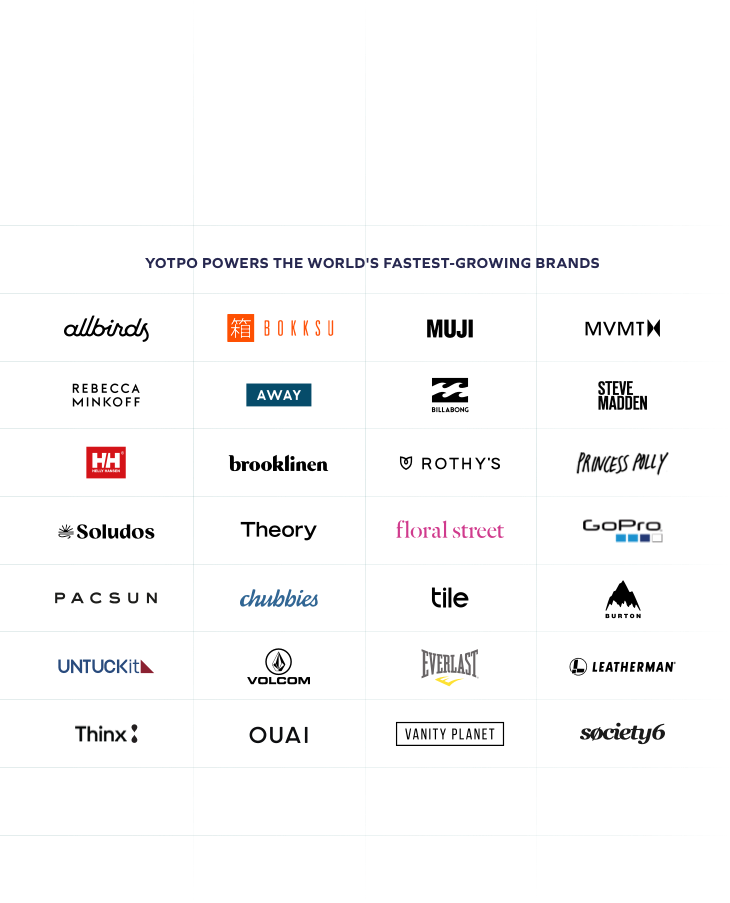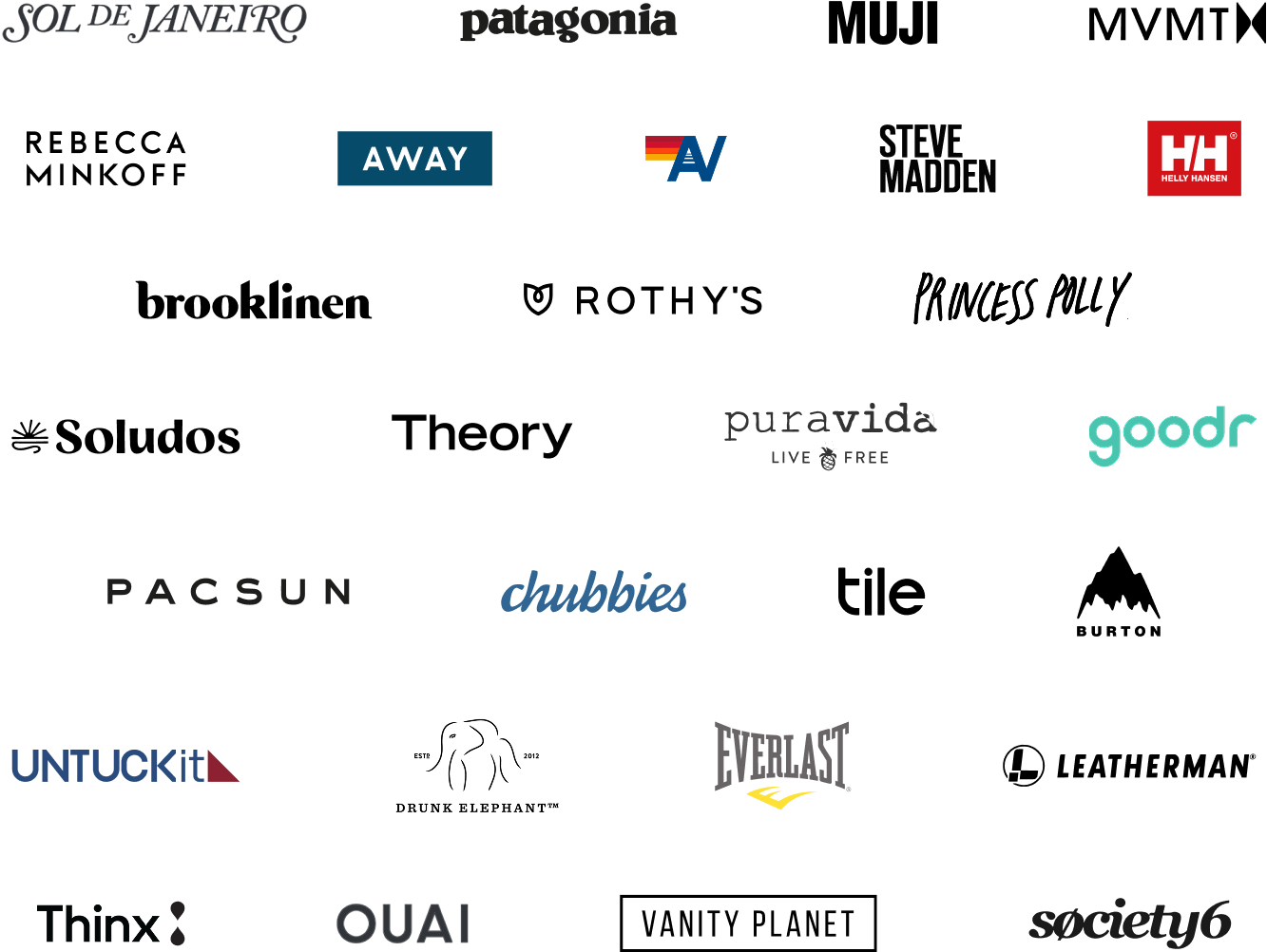Turning Your Brand into a Community Hub
Today's consumers expect your site to be more than just a point of purchase. In this lesson, learn how to create a website that is a destination for your brand community.
 D2C Marketing Course
D2C Marketing Course
Today's consumers expect your site to be more than just a point of purchase. In this lesson, learn how to create a website that is a destination for your brand community.
In this lesson, learn how to create a website that is a destination for your brand community.
The way people shop has changed dramatically in the last few years. The wave of direct-to-consumer brands has set itself apart thanks to these fanatical followings of consumers who are driven by two things: they want to be a part of something bigger and they want to believe in the products they’re buying.
Consumers want to buy from brands that are giving them something else, brands that are giving back, brands that may be more sustainable – they want to buy from brands that their friends recommend now more than ever. That recommendation from your friends is a way more compelling signal than seeing a great ad, and this is particularly true for Millennials.
Shoppers now are also much more loyal to brands. They support and follow them for a huge number of reasons that all fit under the broader concept of community. I think “community” used to mean an active Facebook page or a forum, but it’s so much more than that now. It includes things like the customer service, customer experience, content, and more.
While there are many opportunities to engage customers on your site, how you build that community offline and off-site impacts how shoppers engage once they do reach your site. Offline, you need to be thinking about things like meetups and events. Meeting people in person and having that real contact with them is a very compelling way of starting out a community and generating that core following. If you look at a brand like Bulletproof, they have tons of events and even a huge Biohacking Conference, and that’s in addition to blog posts, Q&A, books, etc.
Another company that has done an amazing job at community-building is Soylent. They actually published the recipe for Soylent on Reddit in the very early stages, and it was like an open source project. That created an incredible community of people with some of them even launching their own products off the back of it.
One of the positive side effects of that community was that it brought them investment. Andreessen Horowitz invested in them, almost entirely thanks to that Reddit community — they could see that the power of the community was the real thing that was going to propel Soylent, not the actual product itself.
In the investment documents, the firm actually wrote: “Soylent is a community of people who are enthusiastic about using science to improve food and nutrition. The company makes money selling one version of that improved food (some users buy “official Soylent,” others buy ingredients to make their own DIY Soylent recipe). If you look at Soylent as just a food company, you misjudge the core of the company, the same way you would if you looked at GoPro as just a camera company.”
Once your community reaches your website, you need to find ways to bring people to the content you produce, whether that’s a blog, a book, a podcast, a forum, etc. And that content needs to speak to your followers or fans. They should feel that they are getting so many great resources, and that will inspire trust. When Dave Asprey (of Bulletproof) writes a blog post, he’s literally answering questions underneath that blog post. He’s in there engaging with that community and giving them the information they’re looking for.
Bulletproof’s blog and their eCommerce site are quite separate, but if you look through the community Q&A on their site, you see that they’re linking people back to their content. So if someone asks a question, they may be directed to a blog post, where they can get some real advice and be linked to more content that will eventually help them make a decision.
Another thing Bulletproof does well is showing the negative reviews along with the positive ones. This is hugely important, because it not only shows that they’re honest, it also gives the brand a chance to respond, and I think that helps build trust and keep customers engaged. When you’re engaging with someone because they’ve given you such an incredible, glowing review, that’s great. But, it’s more important to engage with people who are offering negative feedback, and to show that you can improve, that you’re listening.
It’s very easy to build a community of passive members. They may be reading what you’re writing about, but they’re not commenting or asking questions. When they’re active, they’re going to feel much more tied into what you’re doing, much more engaged, so they’re much more likely to provide you with useful feedback or to purchase. So how can you change that balance and turn these people into active contributors?
To begin with, you’ve got to have a really strong idea about who the audience is, what they want from you, and what might be useful for you to give them — whether that’s advice, expertise, interesting content, Q&As with experts, all that sort of stuff.
And then, the most important thing is to engage with them from the early stages and put that effort into making your community valuable in the first few months. And then once you’ve built it, you need to continue the effort so that it grows in the direction that you’ve envisioned. This includes moderation and collecting feedback to continuously provide your community with more value.
A common mistake that brands make as soon as they’ve built up a community is to switch gears and start hard-selling to them or spamming them. Communities are quite delicate in the sense that they can easily turn against your brand. So it may be a difficult path to walk, but you need to promote products in a very delicate and subtle way. Remember that people in your community will be speaking to each other. They are going to promote your products for you, as well as the community itself.
While the key metrics will vary from community to community, everyone should be measuring engagement. Depending on the channels you’re using, you need to be looking at things like the number of comments, the number of questions and answers, likes, shares, clicks, people signing up for newsletters, etc. It’s also useful to look at sentiment — are people speaking positively about your brand, products, and content within the community?
You can also apply this to content types. So, depending on your resources, when you’re starting out, you probably want to try a few different things — maybe a podcast, a blog, Q&A, etc. And then you want to be constantly measuring which of those generate the most engagement. You can discontinue the ones that aren’t doing as well and focus on a few that are.
Finally, since at a certain point, you do want to think about your community converting, you should be tracking purchases. But instead of just conversion, what you really want to look at is repeat purchases. After all, the beauty of a community that’s loyal is that they’re coming back for more.
“Yotpo is a fundamental part of our recommended tech stack.”
 Laura Doonin, Commercial Director
Laura Doonin, Commercial Director








